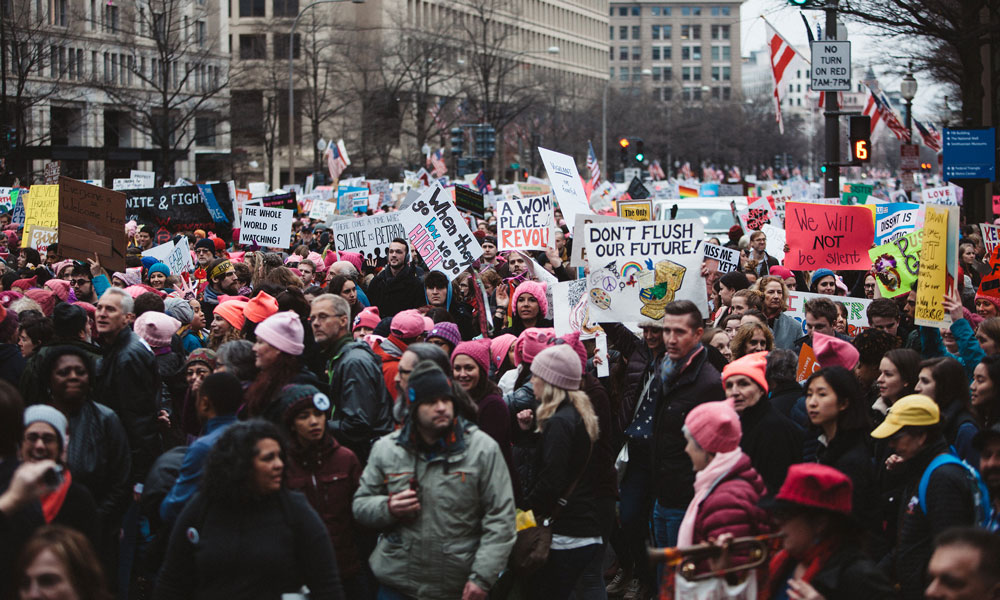
How to Host a Successful Second Event After a Wildly Popular Inaugural One
All associations want to host a great follow-up event, especially after debuting a wildly successful one the year before. An expert shares five ways to help make that happen.
Last January’s inaugural Women’s March was wildly successful by just about any standard. According to USA Today, 2.6 million people participated in marches across the world, and The Washington Post reported that it was “likely the largest single-day demonstration in recorded U.S. history.”
With anniversary events planned this weekend, including a Power to the Polls rally in Las Vegas on January 21, the question that inevitably rises is: Will organizers be able to create a triumphant second act?
Associations often face this challenge, too, especially when they’re planning a second iteration of a popular inaugural event. Don Neal, founder and CEO of 360 Live Media, offers five tips on how associations can be successful the second time around.
Start with the long view. “Start thinking about the franchise that you’re building, the audience that you’re attracting and retaining, the brand and the equity of the event over the next 10 to 15 years,” Neal said. Keeping your long-term goals in mind will help you stay the course, as you go about planning the second event.
Complete an extensive postmortem. “Doing a thorough diagnostic on ‘What worked and what didn’t work? What should we preserved? What should be eliminated? What should be added?’ is really important,” he said. Associations should start this diagnostic in real-time as the event is happening with 30- to 90-second interviews with attendees. “In the moment, people are often very clear about what they do like and what they don’t,” Neal said.
Following the event, attendee surveys are also helpful in gauging what to keep, toss, and add to next year’s event, but what can be even more powerful are one-on-one interviews with attendees. Neal recommended asking a pool of about 25 attendees from the first event what worked and what didn’t, while also bouncing off ideas that you might have for the second event.
Segment marketing to ensure attendees. For the audience who took a chance and attended the inaugural event, Neal recommended offering them a guarantee, such as free registration for year three if the second year doesn’t live up to expectations. Another option for this group is offering a transferable, three-year pricing deal on the event. For the audience who didn’t come to the initial event, Neal suggested leveraging some FOMO, “sharing what they missed and outlining the really great juicy things that worked.”
Create a testimonial campaign. Neal said associations should gather testimonials from the four-to-six segments of attendees who came to the first event and “are most representative of the audience that you want to come back in the following year.” This should form the basis of your marketing efforts for the second event.
Balance continuity with surprise. No association plans a flawless conference, so some elements—logistics, entertainment, content or programming, for instance—should change going into the second iteration. However, associations should also preserve the elements that worked, as a way of establishing continuity.
“It’s sort of the paradox of life,” Neal said. “We like stability, predictability, continuity on the one hand, but if we have too much of it, we’re bored and we’re anxious and we’re looking for something new. So, it’s what makes life interesting—and this is not just true for events but across the board. … It’s about really having that tension, and that fulcrum, and that equilibrium correct.”
A scene from last year's Women's March in Washington, DC. (Molly Adams/Flickr)






Comments